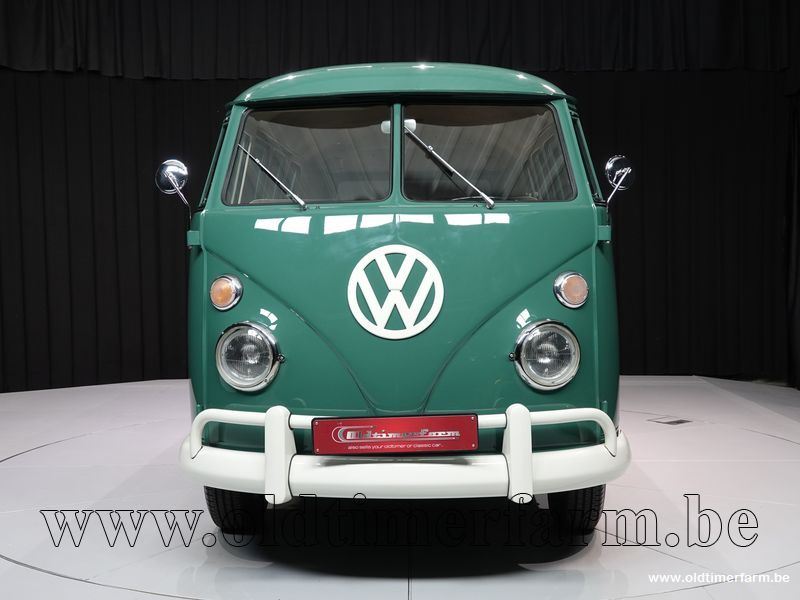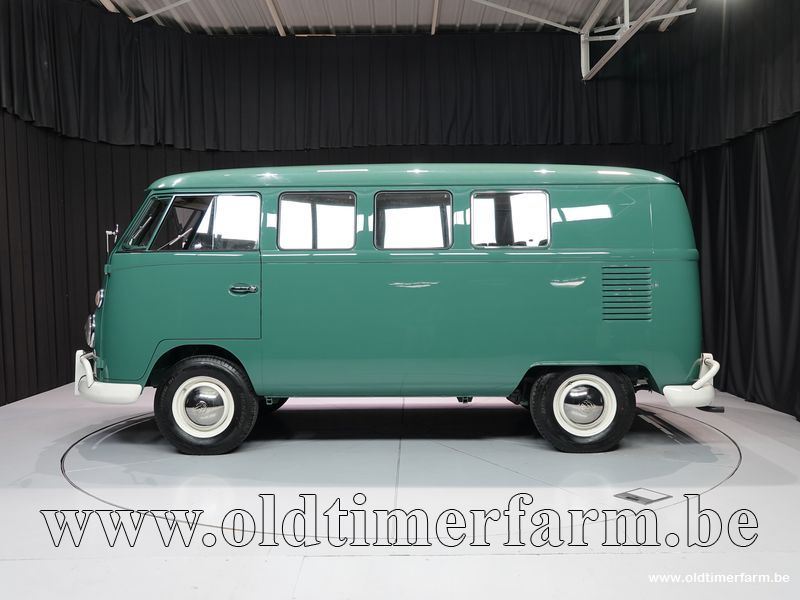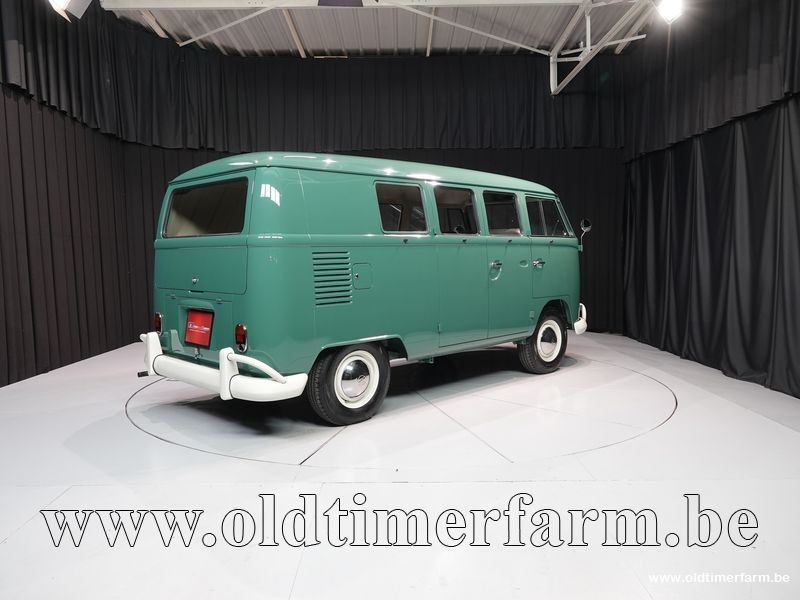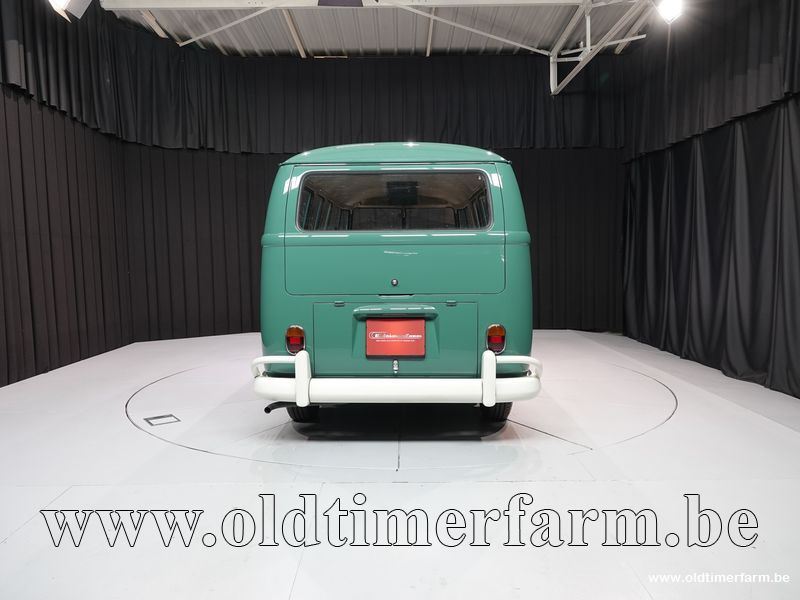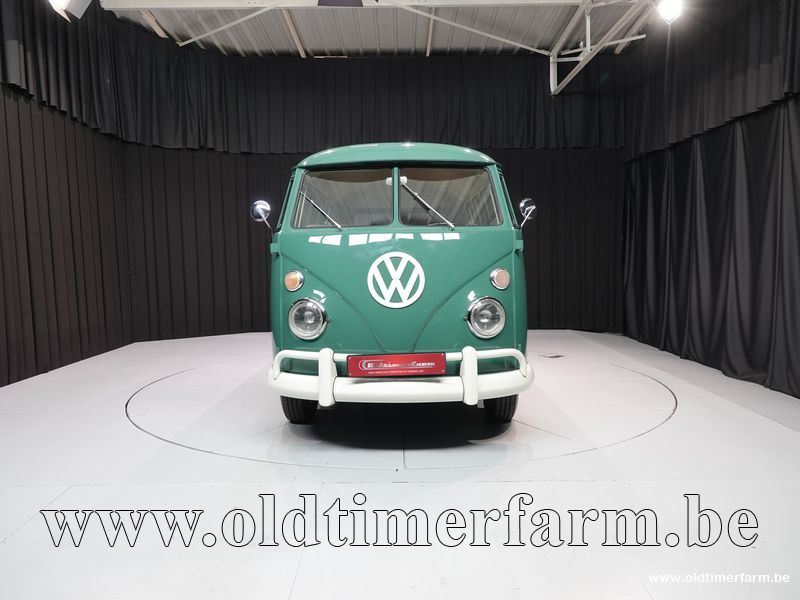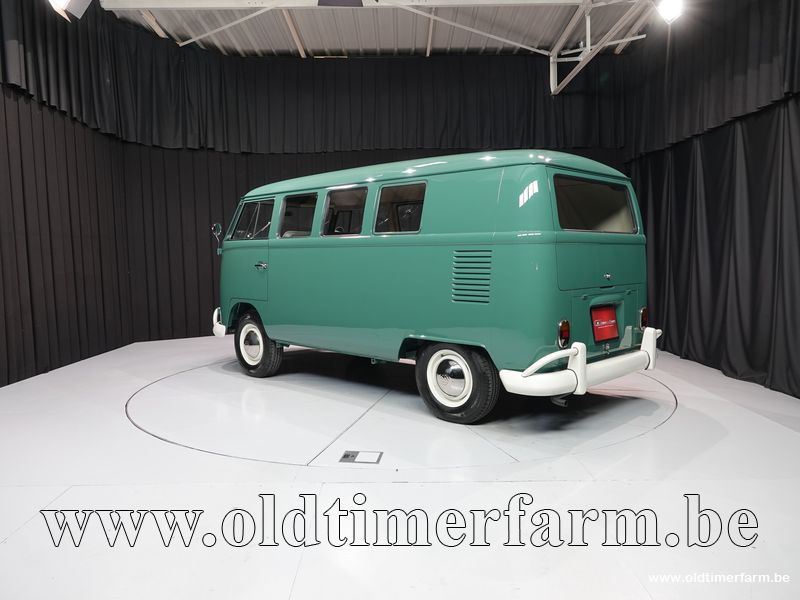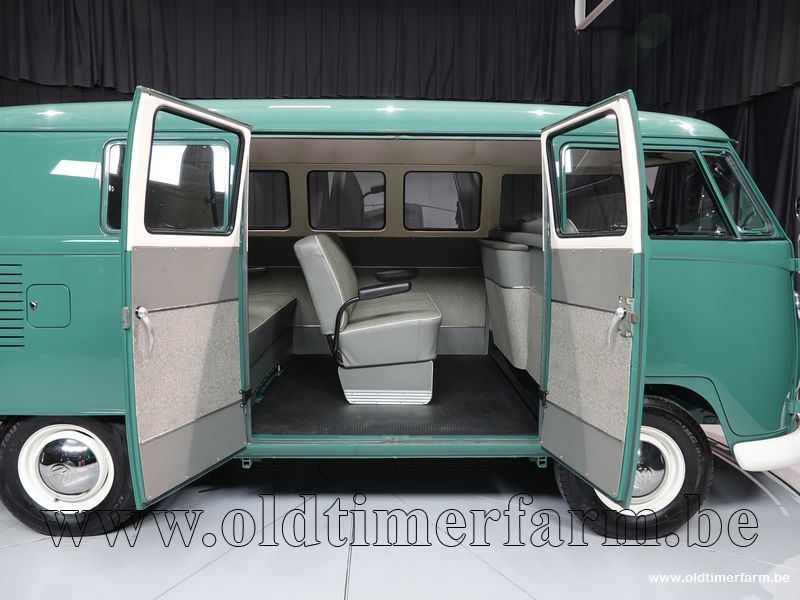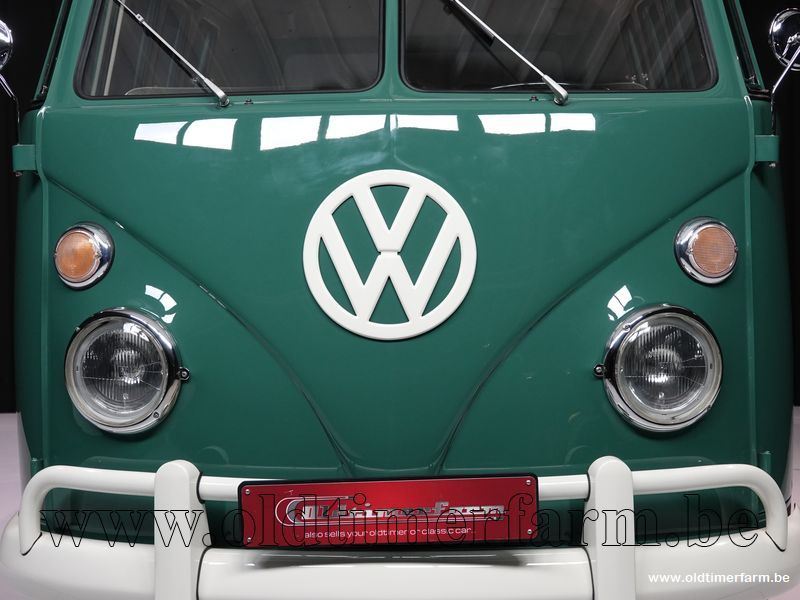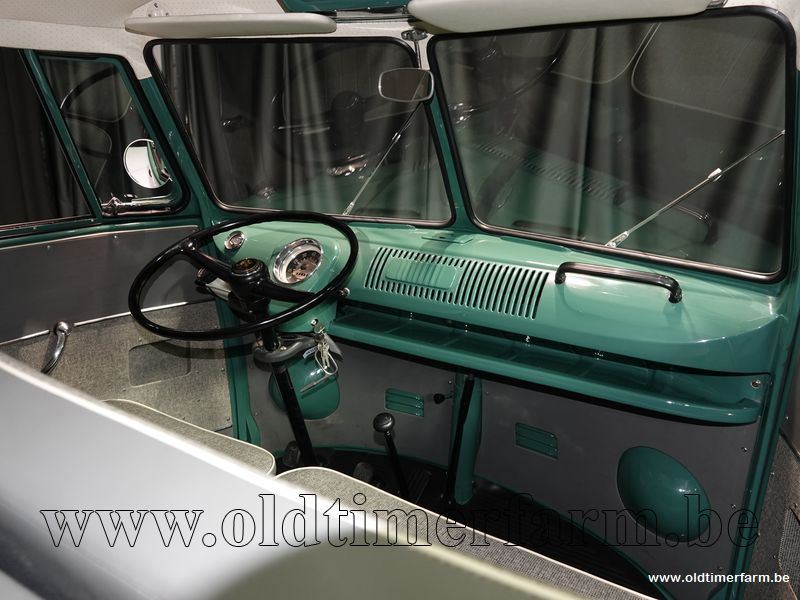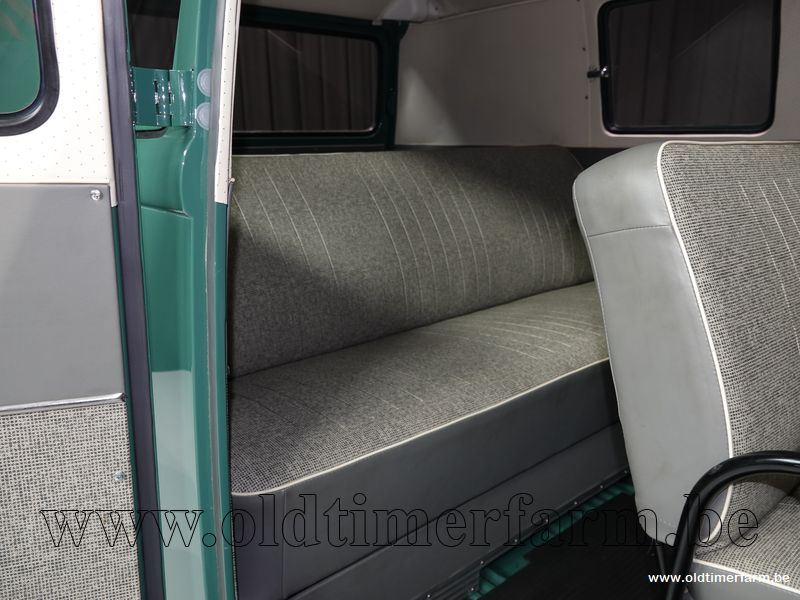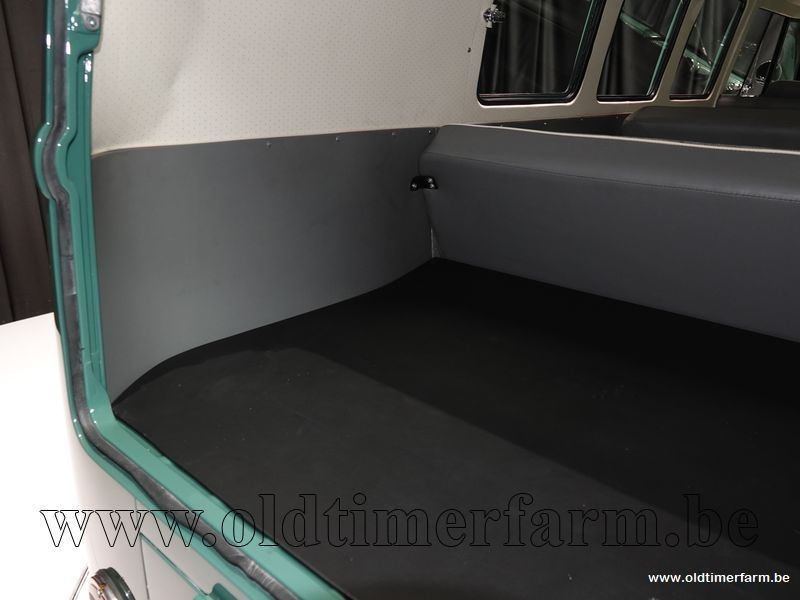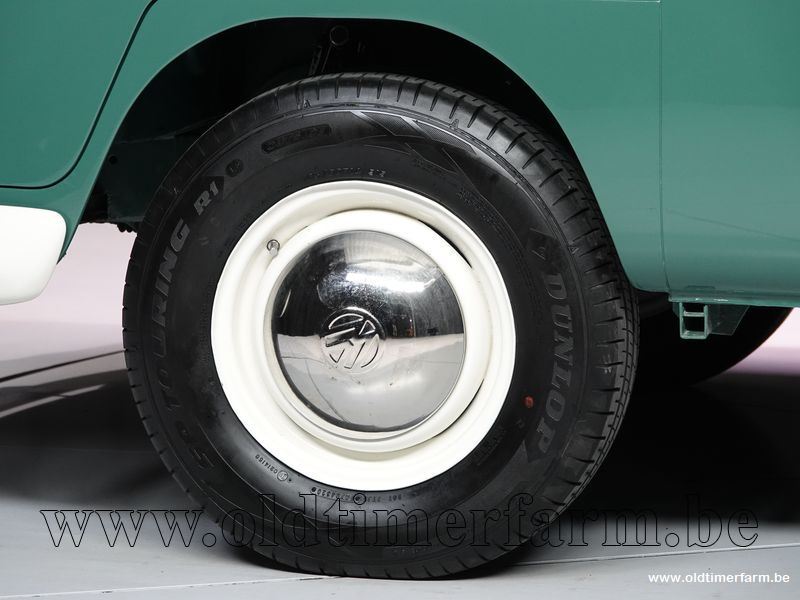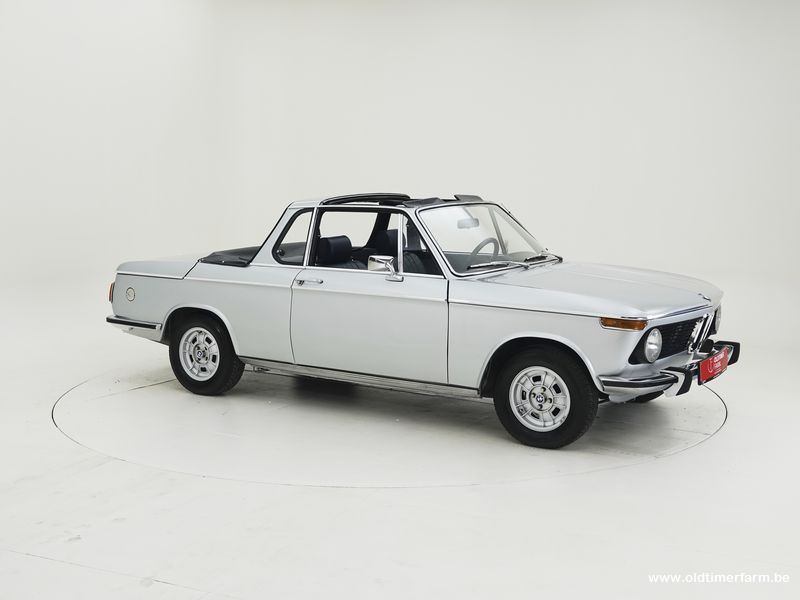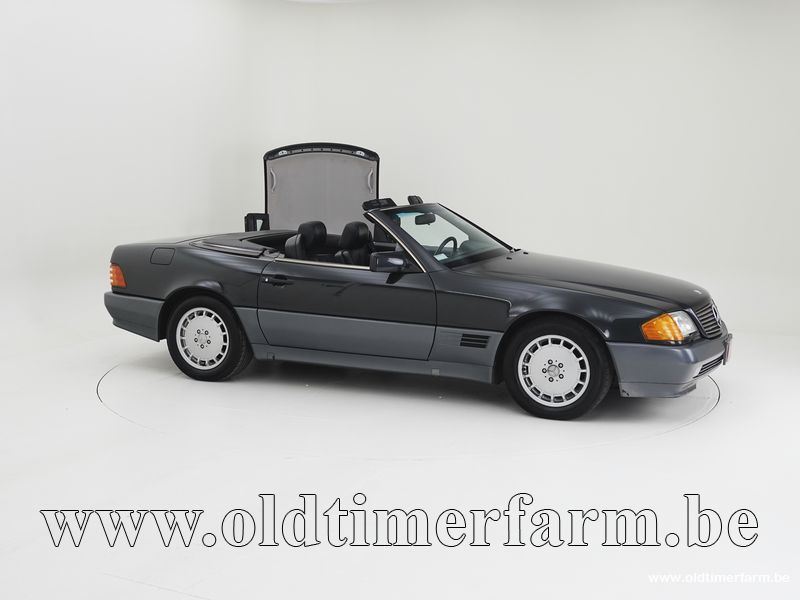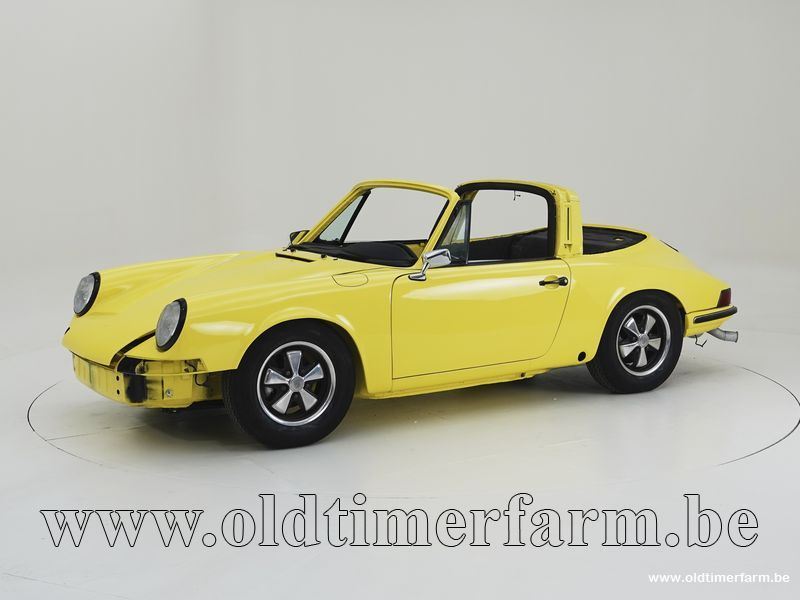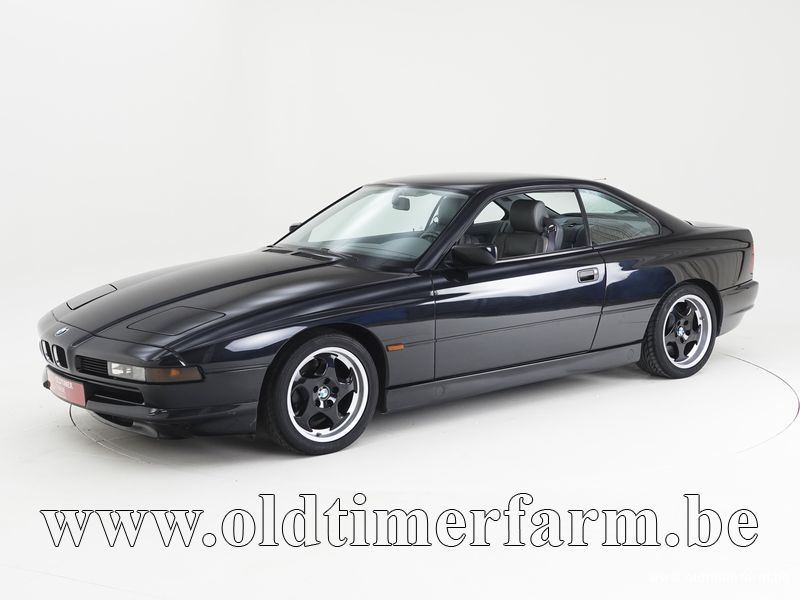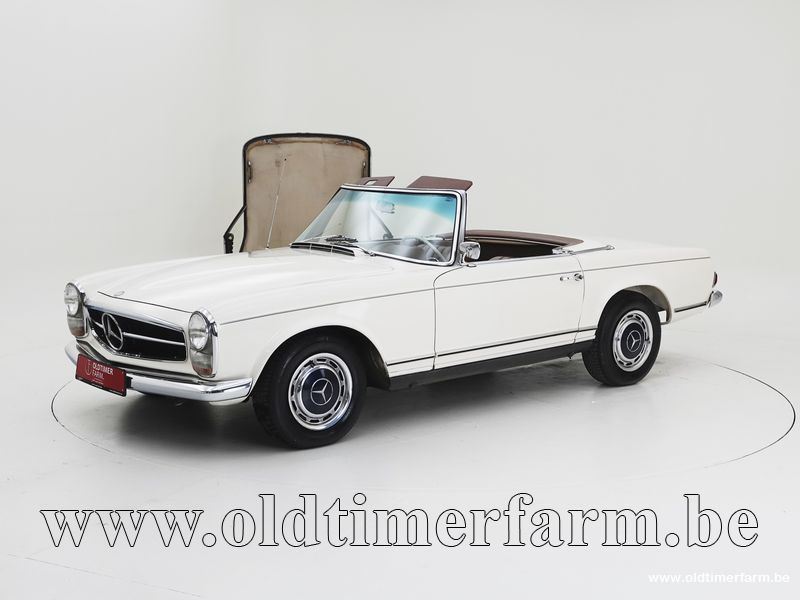VOLKSWAGEN T1 COMBI - €59,950
The Volkswagen Type 1, known officially, depending on body type as the Transporter, Kombi and Microbus, and informally as the Bus (US) or Camper (UK), is a panel van introduced in 1950 as its second car model – following and initially deriving from Volkswagen's first model, the Beetle , Type 1 (Beetle), it was given the factory designation Type 2. It is called today as T1. As one of the forerunners of the modern cargo and passenger vans, the Type 2 gave rise to forward control competitors in the United States in the 1960s, including the Ford Econoline, the Dodge A100, and the Chevrolet Corvair 95 Corvan, the latter adopting the Type 2's rear-engine configuration. European competition included the 1960s FF layout Renault Estafette and the FR layout Ford Transit. The FF layout Citroën H Van though, pre-dated the VW by three years. As of January 2010, updated versions of the Type 2 remain in production in international markets— as a passenger van, as a cargo van, and as a pickup truck. Like the Beetle, the van has received numerous nicknames worldwide, including the "microbus", "minibus", and, due to its popularity during the counterculture movement of the 1960s, "Hippie van". The first generation of the Volkswagen Type 2 with the split windshield, informally called the Microbus, Splitscreen, or Splittie among modern fans, was produced from 8 March 1950 through the end of the 1967 model year. From 1950 to 1956, the T1 was built in Wolfsburg; from 1956, it was built at the completely new Transporter factory in Hanover. Like the Beetle, the first Transporters used the 1100 Volkswagen air-cooled engine, an 1,131 , upgraded to the 1200 – an 1,192 cc in 1953. The 1963 model year introduced a brandnew 1500 engine. When the Beetle received that for the 1967 model year, its power was increased to 40 kW (54 PS; 54 bhp). Specifications Bodywork Length: cm (in): 428 (168.5) Width: cm (in): 172 (67.7) Height: cm (in): 194 (76.4) Wheelbase: cm (in): 240 (94.5) Mechanics. Displacement: boxer-4 1191 cc, rear-mounted Valve gear: 8 Fuel system: 1 carburetor Gearbox: 4-speed manual Driven wheels: rear-wheel drive Maximum power: 34 hp at 3200 rpm Maximum torque: 67 Nm at 2000 rpm Maximum speed: 90 km/h (58 mph)
- 0 Miles
MANUAL
LHD
- RefCode: 3198A959-42CF-4C75-AFF2-21ECE02DA2E8


